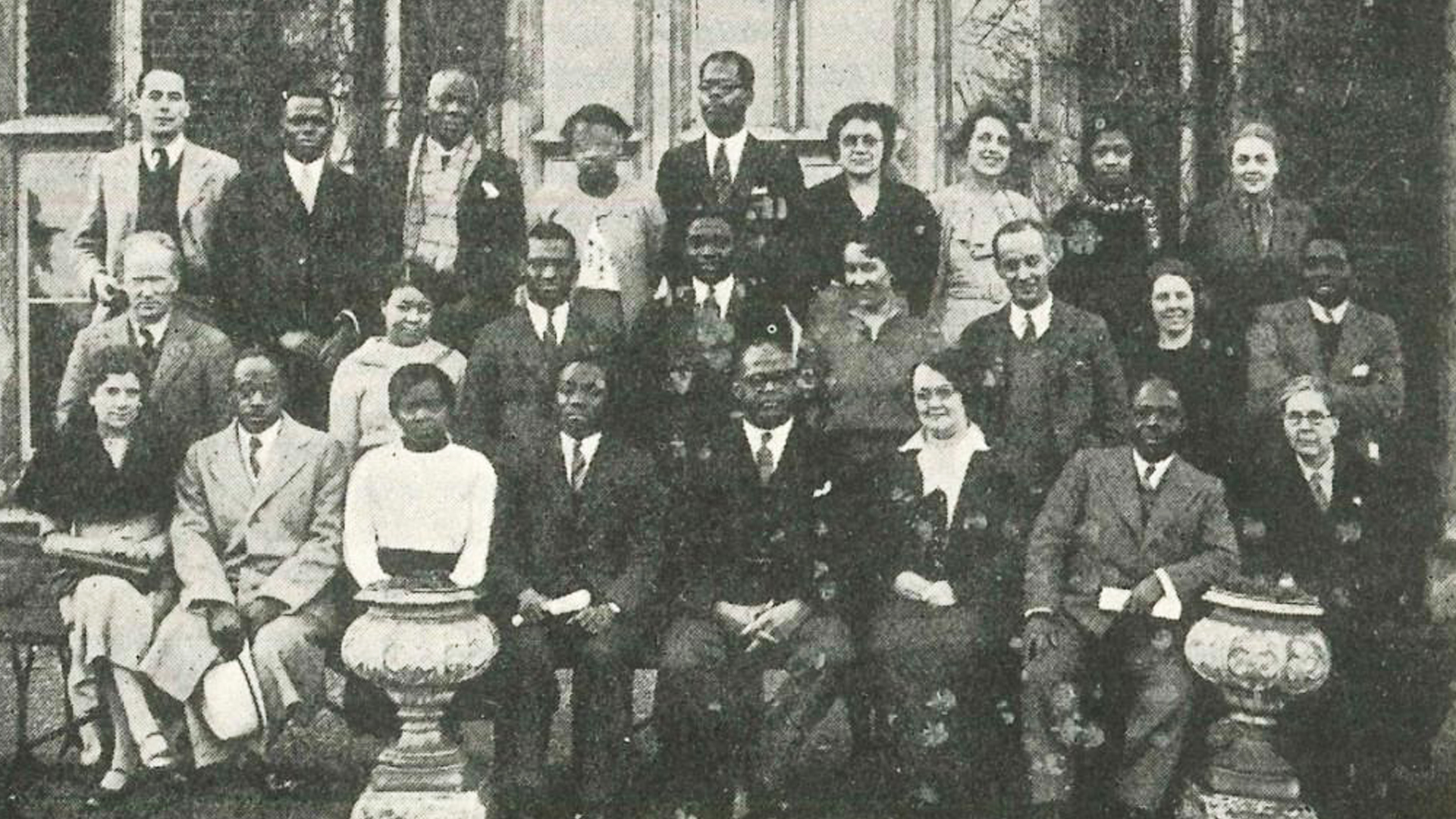Lorem ipsum dolor amet, consect adipiscing elit, diam nonummy.
Lorem ipsum dolor amet, consect adipiscing elit, diam nonummy.

Dr Cecil Belfield Clark not only served as a medical professional in South London for 50 years but was also one of the founding members of the League of Coloured Peoples.
Dr Cecil Belfield Clarke was born in 1894 in Barbados and attended Combermere School before winning the island scholarship in 1914 to study Medicine at Cambridge. After graduating in 1918 and completing his training at University College Hospital, he qualified as a surgeon and opened a medical practice at 112 Newington Causeway, Southwark. Dr Clarke practiced for 50 years, during which time he built a record of public service to the medical profession in the UK, West Indies and Ghana. He was appointed as District Medical Officer and also served on the Colonial Advisory Medical Committee under the Secretary of State for the Colonies.
Dr Clarke was active in campaigning for racial equality and was one of the founding members and benefactors of the League of Coloured Peoples that advocated for civil rights for Black people in Great Britain. He was also elected as the First Chairman of the House of Committee of Aggrey House which was a hostel for students from Africa and the Caribbean. Dr Clarke was a supporter of the West African Students Union and was a Governor of the West Indian Students Centre at Earl’s Court.
As demonstrated above, Dr Clarke was one of the leading figures in race relations in London during the 1930s, so much so, that he was active in planning the Conference on the African Peoples, Democracy, and World Peace held in July 1939.
Dr Clarke was known to be a good friend of W.E.B. Du Bois into the 1960s, supporting many of his civil rights causes and hosting him upon visits to London. You can find letters between Dr Clarke and Du Bois in University of Massachusetts Amhurst Special Collections and University Archives that express Clarke’s admiration for Du Bois’ activism. One letter from Dr Clarke dated 4th of July 1929, enclosed his annual subscription to The Crisis magazine which was co-founded by Du Bois as the official magazine for the National Association for the Advancement of Coloured People (NAACP). The letter reads that Dr Clarke felt it was his “duty” as “one of the few coloured Drs practising in London” to support the magazine, which is still operating today. Read it here.
League of Coloured People’s conference attendees, from The Keys, vol. 4, 1936. Dr Cecil Belfield Clarke is in the middle of the back row
During the 1950s, Dr Clarke was appointed Medical Adviser to the newly independent government of Ghana with the official title of Senior Medical Officer and elected to the Council of the British Medical Association as representative for the West Indies.
Sadly, in 1970, Dr Clarke died, but his work left great legacies…

Read recent articles
In Conversation: Disability, Race and Employment
Jobs Fair Lambeth
Aysia Reflects